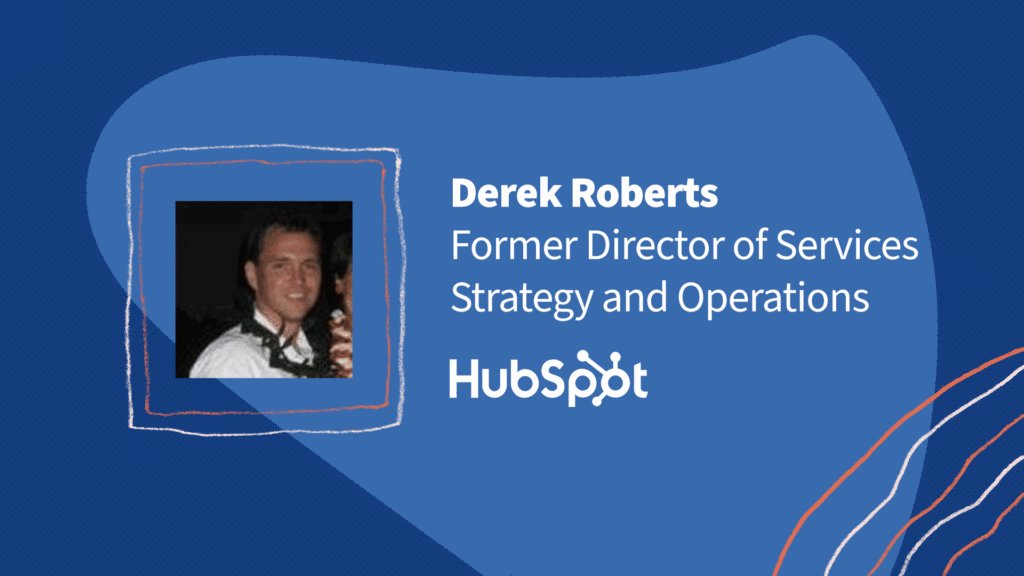We chatted with Derek Roberts, who spent 7 years as the Director of Services Strategy and Operations at HubSpot and is now leading our Customer Success Management at Workato, about moving from his low-code iPaaS platform, Azuqua, to Workato’s Enterprise Automation Platform. We also hear about his evaluation process, and how he enabled approximately 75 people and had 45 certified recipe builders able to use Workato before he handed the reins to Jeff DaSilva, Senior Automation Analyst at HubSpot.
Why move low-code integration platforms?
In our case, Azuqua was acquired by Okta and is officially sunset May 1st, 2020. It was unfortunate but I was interested in expanding the platform to support many integration builders so it was a blessing in disguise.
What was the search process for a new platform like?
We did a vendor evaluation keeping growth and scalability top of mind. To start, we looked at 10 vendors, then narrowed it down to 4 to actually engage with. Two were more traditional Enterprise iPaaS providers, but they were too clunky and not easy to deploy the way we wanted to. We wanted to take a revolutionary approach where the actual teams who needed those automations could make them, themselves but with oversight from the right people.
We shouldn’t have even considered other vendors, because they lacked the basic functionality we needed around security, access management, version control, etc. Workato was the perfect balance of Enterprise grade capabilities and security paired with an easy to use no-code interface. We were really careful in our selection because we did not want to go through another migration just after we completed the project so viability was also a major focus.
Having used a different iPaaS prior (Azuqua), what were your top priorities when choosing a new platform?
We had already gained deep experience from our use of Azuqua, so one of the most important things for us the second time around was to deploy it in such a way that we got much more leverage and easily increased our ROI story. We leaned really heavily into the deployment model, making sure the vendor we selected could scale with us and have the right controls to allow an organization wide deployment.
Why did you choose Workato?
We needed an Enterprise Grade Platform that could also deploy org wide with controls in place. Workato had:
- The largest set of connectors
- A mature connector SDK
- Strong performance monitoring, change management, version control and access management
- Organized logical UI/UX unlike some of the legacy vendors we looked at, and strong ratings from analyst firms.
The automation ROI story we had in place was extremely high, we calculated it would take more than 55 people to manually execute the tasks we automated and we saw an opportunity to rapidly grow that as well as eliminate another system we had in place that was running us 50K a year.
Related: How Workato immediately saved HubSpot $60,000 dollars
When migrating integration platforms, why modernize your automations instead of lift and shift them?
We wanted to use the migration to make processes and automations better. We investigated what didn’t need to be there, we consolidated automations into fewer recipes (what Workato calls an workflow automation), we pushed everything through the methodology of organizational wide deployment we were building — even allowing the individual teams to do their own migration of their processes.
No one knows it better than they do. By the end of the migration we had trained ~75 people and had 45 certified recipe builders executing the migration and finding new ways to drive additional ROI.
How did you determine your migration team and how did you explain the deployment vision to them?
The migration team was made up of the original Azuqua experts and quickly expanded to the Business Systems Analyst’s and BizOps members that supported those teams.
The operations teams from each of those business units were familiar with the logic and were keen on learning the tool, they jumped into the migration team as well. These were the core migration team members but as we built the process for them to work safely and get the correct training and support we saw tremendous interest from the other BSA teams and business operations teams.
We opened up the training, certification, request process and expert assistance program; It spread very quickly. We had to prioritize migration and slow the new work to ensure we completed that project before the Azuqua platform degraded but we still did a good deal of new workflow automation as well.
